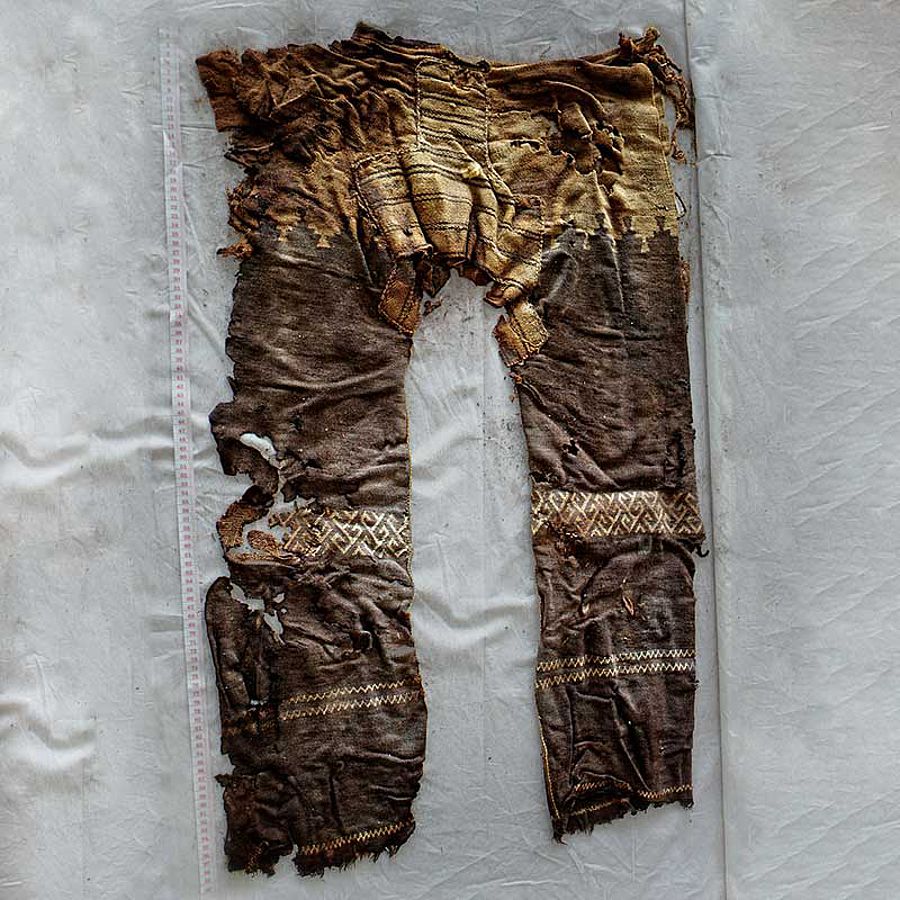The mystery of the decay
Recent email from a colleague reminded of a series of posts documenting a general tendency for the relative frequency of the English word the to decline over the past couple of centuries:
"SOTU evolution", 1/26/2014
"Decreasing definiteness", 1/8/2015
"Why definiteness is decreasing, part 1", 1/9/2015
"Why definiteness is decreasing, part 2", 1/10/2015
"Why definiteness is decreasing, part 3", 1/18/2015
"Positivity?", 12/21/2015
"Normalizing", 12/31/2015
"The case of the disappearing determiners", 1/3/2016
"Dutch DE", 1/4/2016
"The determiner of the turtle is heard in our land", 1/7/2016
"Correlated lexicometrical decay", 1/9/2016
"Style or artefact or both?", 1/12/2016
"Geolexicography", 1/27/2016
"The accommodation", 3/14/2017
"Decreasing definiteness in crime novels", 1/21/2018
Read the rest of this entry »

